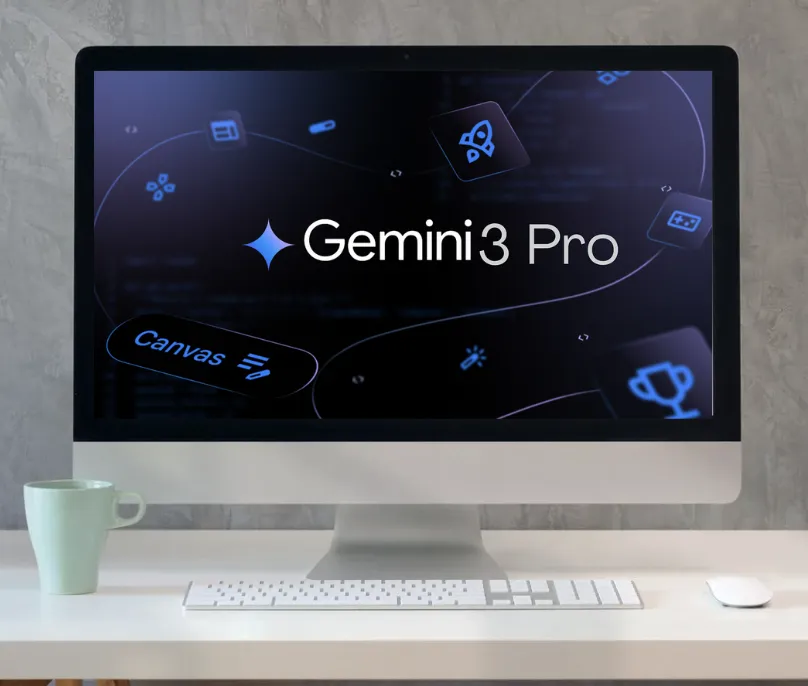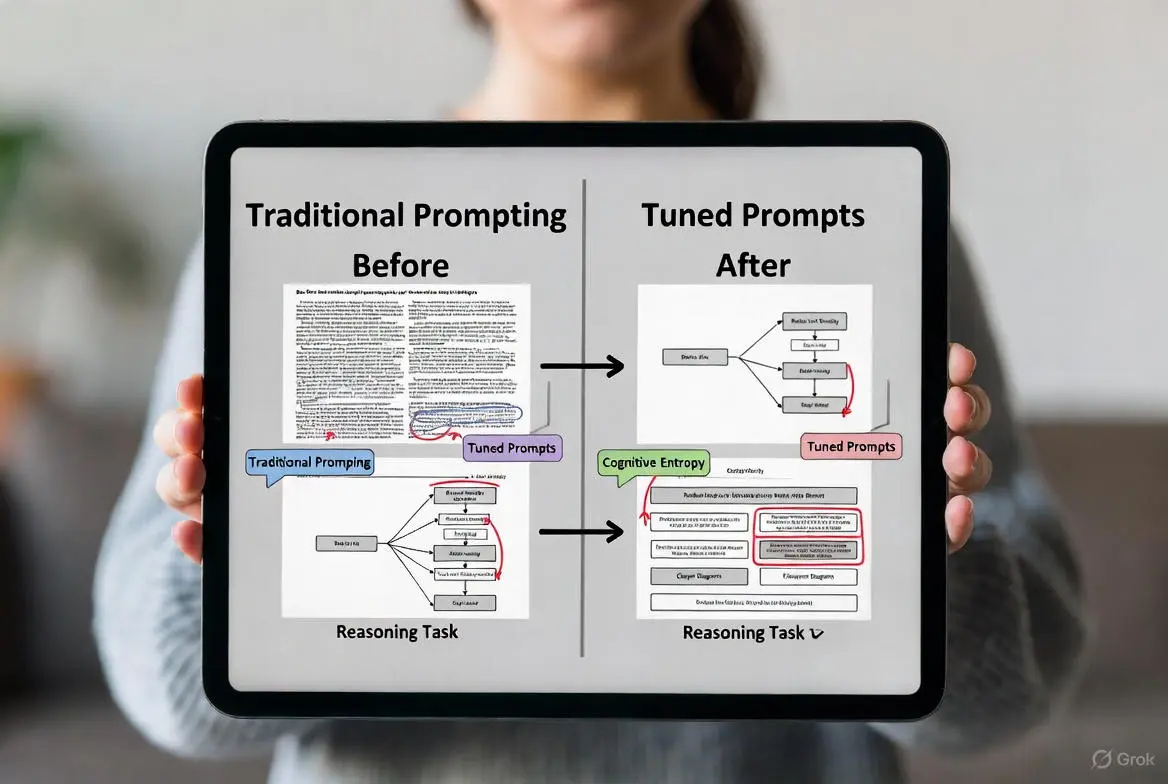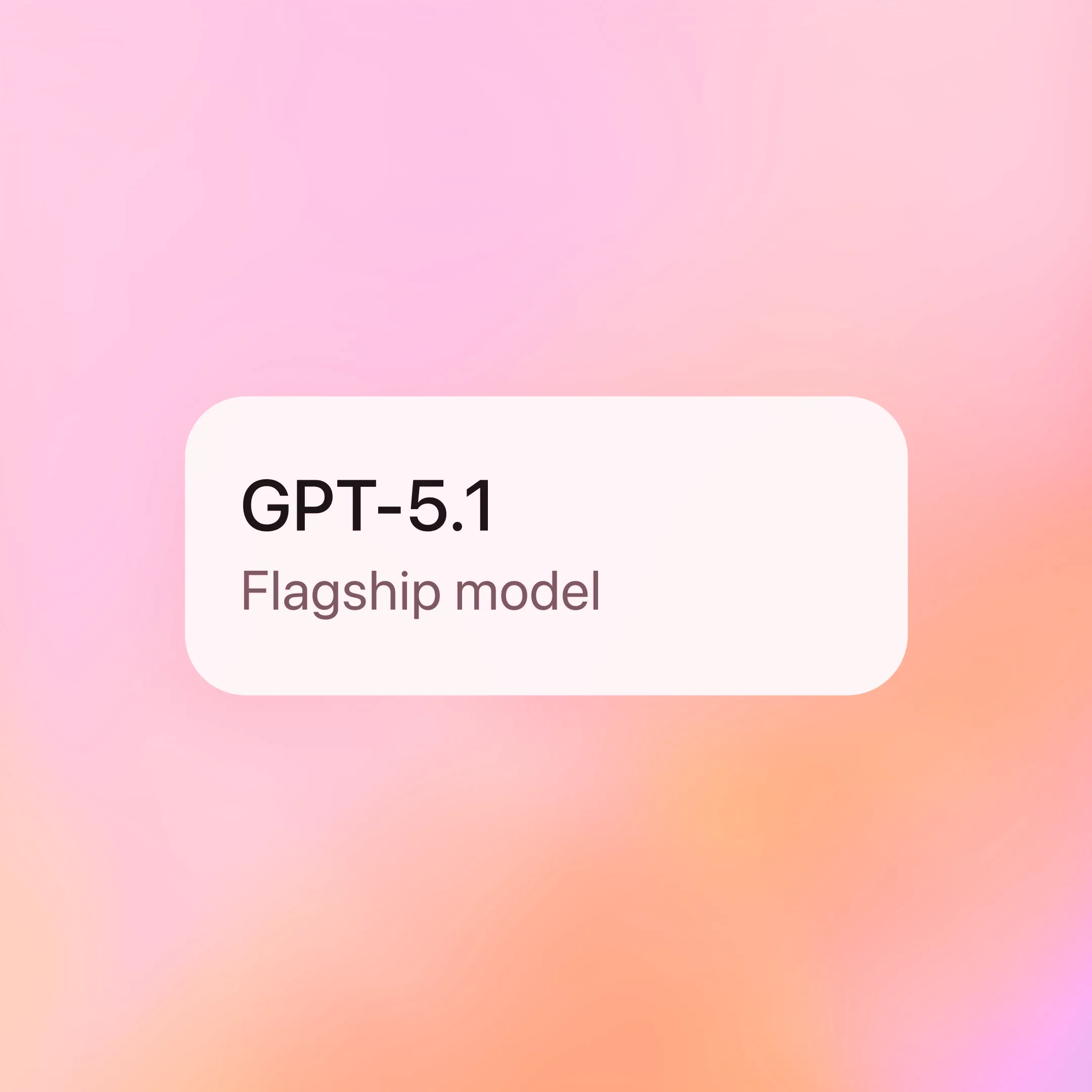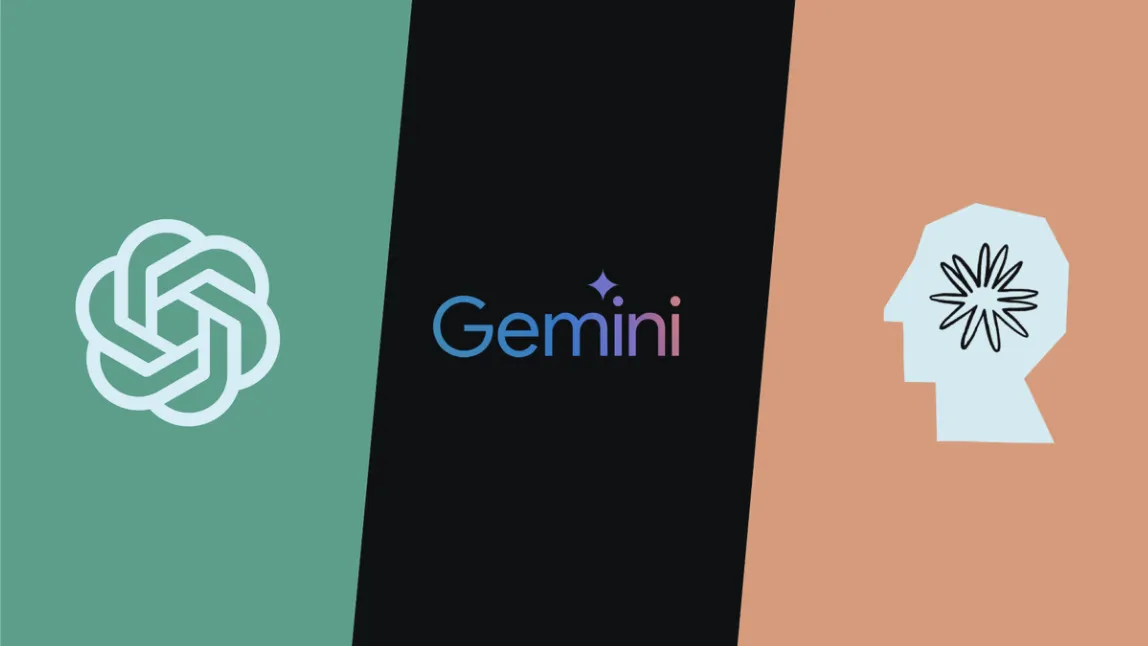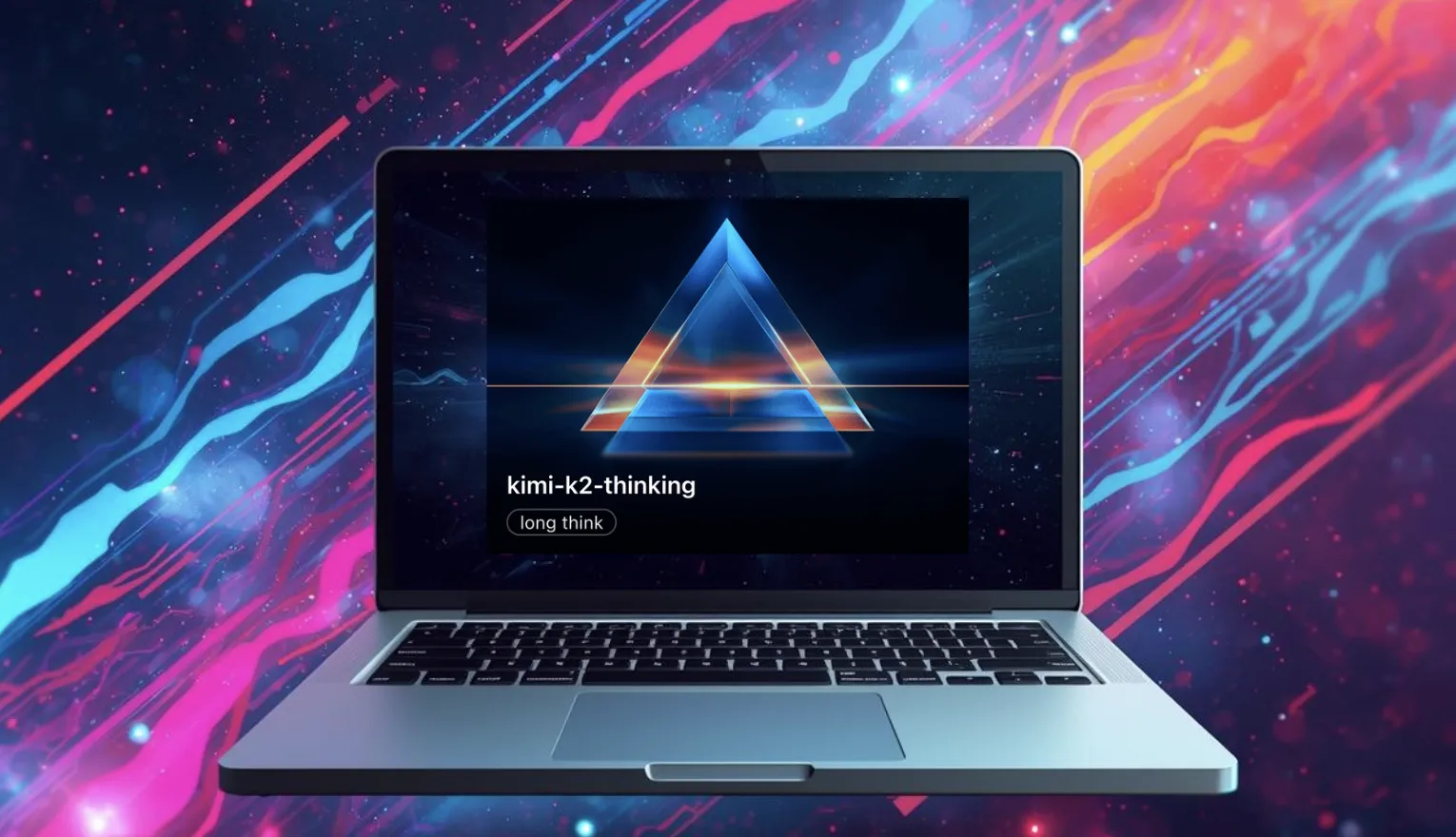"": ""
Google Antigravity: Inside Google’s Agent-First Coding Platform

Author: Boxu Li
Introduction
Google’s “Antigravity” initiative is not about defying physics – it’s about reinventing software development with AI. Unveiled in late 2025 alongside Google’s Gemini 3 AI model, Google Antigravity is an agentic development platform aiming to elevate coding to a higher level of abstraction. The name evokes moonshot thinking (Google’s X lab once even eyed ideas like space elevators), but here “antigravity” is metaphorical: the platform lifts the heavy work off developers’ shoulders, letting intelligent agents handle routine tasks so creators can focus on big-picture ideas. In this outline, we’ll explore what Google Antigravity is, how it works, and the science and technology that make it credible – all in an investigative yet accessible tone for tech enthusiasts and curious readers.What is Google Antigravity?
Google Antigravity is a newly launched AI-assisted software development platform (currently in free preview) designed for an “agent-first” era of coding. In simple terms, it’s an IDE (Integrated Development Environment) supercharged with AI agents. Instead of just autocompleting code, these AI agents can plan, write, test, and even run code across multiple tools on your behalf. Google describes Antigravity as a platform that lets developers “operate at a higher, task-oriented level” – you tell the AI what you want to achieve, and the agents figure out how to do it. All the while, it still feels familiar as an IDE, so developers can step in and code traditionally when needed. The goal is to turn AI into an active coding partner rather than a passive assistant.
Key facts about Google Antigravity: It was introduced in November 2025 alongside the Gemini 3 AI model, and is available as a free public preview (individual plan) for Windows, MacOS, and Linux users. Out of the box, it uses Google’s powerful Gemini 3 Pro AI, but interestingly it also supports other models like Anthropic’s Claude Sonnet 4.5 and an open-source GPT model (GPT-OSS) – giving developers flexibility in choosing the “brain” behind the agent. This openness underscores that Antigravity isn’t just a Google-only experiment; it’s meant to be a versatile home base for coding in the age of AI, welcoming multiple AI engines.
How Does Google Antigravity Work? – An Agentic Development Platform
At its core, Google Antigravity re-imagines the coding workflow by introducing autonomous AI agents into every facet of development. Here’s how it works:
Agents that Code, Test, and Build Autonomously
When using Antigravity, you don’t just write code – you orchestrate AI “agents” to do parts of the development for you. These agents can read and write code in your editor, execute commands in a terminal, and even open a browser to verify the running application. In essence, the AI agents have the same tools a human developer uses (editor, command line, web browser) and can utilize them in parallel. For example, an agent could autonomously write the code for a new feature, spin up a local server to test it, and simulate user clicks in a browser to ensure everything works. All of this happens with minimal human intervention – you might simply give a high-level instruction (e.g. “Add a user login page”) and the agent breaks it down into steps and executes them. Developers become architects or directors, overseeing multiple “junior developer” AIs working simultaneously. Google calls this an “agent-first” approach because the agents are front-and-center in the workflow, not just hidden behind single-line suggestions.
Dual Workspaces: Editor View vs. Manager View (Mission Control)
To accommodate this agent-driven workflow, Antigravity offers two main interface modes. The default Editor View looks and feels like a familiar code editor (in fact, Antigravity is essentially a customized VS Code–style IDE). In this view, you write and edit code normally, and an AI assistant pane is available on the side (similar to GitHub Copilot or Cursor). However, Antigravity also introduces a powerful Manager View, which acts like a “mission control” for multiple agents. In Manager View, you can spawn and monitor several AI agents working on different tasks or even in different project workspaces, all in parallel. Google compares it to having a dashboard where you can launch, coordinate, and observe numerous agents at once. This is especially useful for larger projects: for instance, one agent could be debugging backend code while another simultaneously researches frontend library documentation – all visible to you in one interface. The Manager View embodies the agent-first era ethos, giving a high-level oversight of autonomous workflows that no traditional IDE would have. It’s a clear differentiator of Antigravity, turning the IDE into a multi-agent orchestration hub rather than a single coding window.
“Artifacts” – Building Trust Through AI Transparency
One of the most intriguing parts of Google Antigravity is how it tackles the trust problem with autonomous AI. Normally, if you let an AI run loose writing code or executing commands, you’d worry: What exactly is it doing? Did it do it right? Antigravity’s solution is to have agents produce “Artifacts” – essentially, detailed breadcrumbs and deliverables that document the AI’s work at a higher level. Instead of flooding you with every little keystroke or API call, an agent in Antigravity will summarize its progress in human-friendly forms like task lists, implementation plans, test results, screenshots, or even browser screen recordings. These Artifacts serve as proof and transparency of what the AI has done and intends to do. For example, after an agent attempts to add that login page, it might present an Artifact list: “Created LoginComponent.js, Updated AuthService, Ran local server, All tests passed” along with a screenshot of the login page in the browser. According to Google, these artifacts are “easier for users to verify” than sifting through raw logs of every single action. In effect, Artifacts turn the AI’s work into a readable report, fostering trust that the autonomous actions are correct and aligned with your goals.
Just as important, Artifacts enable feedback: Antigravity allows you to give Google-Doc-style comments or annotations on any artifact – be it pointing out a mistake in a plan or highlighting a UI issue in a screenshot. The agent will take those comments into account on the fly, without needing to stop everything. This asynchronous feedback loop means you can guide the AI at a high level (e.g. “This UI screenshot is missing the Login button – please fix that”) and the agent will incorporate the correction in its next actions. It’s a novel way of controlling AI: you don’t micromanage code; you nudge the agent via comments on its outputs. Combined with artifacts, this creates a sense of collaboration between human and AI. The developer gains confidence because they can see evidence of what the AI did and correct its course mid-stream, rather than blindly trusting it.
Continuous Learning and Knowledge Base
Google Antigravity also emphasizes that these AI agents can learn from past work and feedback to improve over time. Each agent maintains a kind of knowledge base of what it has done and what it learned. For instance, if an agent had to figure out how to configure a complex web server once, it will remember that process as a “knowledge item” and next time can do it faster or with fewer mistakes. This knowledge is retained across sessions and accessible in the Agent Manager. In short, the more you use Antigravity, the smarter and more personalized your agents could become, as they build up project-specific know-how. Google describes this as treating “learning as a core primitive”, where every agent action can contribute to a growing repository of insights for continuous improvementantigravityide.organtigravityide.org. While details are sparse, the promise is an AI pair programmer that actually accumulates experience like a human, instead of starting from scratch every time.
Under the Hood: Gemini 3 and Tool Integration
The brains behind Antigravity’s agents is Gemini 3 Pro, Google’s most advanced large language model, known for its improved reasoning and coding abilities. Gemini 3’s impressive code generation and multi-step reasoning scores (e.g. 76% on a coding benchmark vs. ~55% for GPT-4) give Antigravity a strong foundation. The platform is essentially a showcase for what Gemini 3 can do when let off the leash in a full development environment. However, as noted, Antigravity isn’t limited to Gemini – it’s designed to be model-agnostic in many ways, supporting other AI models too.
On a more practical level, Antigravity is a desktop application (a fork of VS Code, according to early users) that you install and sign in with your Google account. It then provides a chat-like prompt interface (for natural language instructions) side by side with a terminal interface and the code editor. This multi-pane setup means the AI can show you code and terminal output simultaneously, and even pop open a browser window to display a live preview of what it’s building. Google DeepMind’s CTO, Koray Kavukcuoglu, summarized it by saying “the agent can work with your editor, across your terminal, across your browser to help you build that application in the best way possible.” This tight integration of tools is what makes the “anti-gravity” feeling tangible – the development process becomes more weightless when one AI can seamlessly hop between writing code, running commands, and checking the results for you.
 Displays Antigravity’s startup interface, with options like “Open Folder” and AI-powered agent features.
Displays Antigravity’s startup interface, with options like “Open Folder” and AI-powered agent features.
Key Features and Capabilities of Google AntigravityGoogle Antigravity brings a host of new capabilities to developers. Here are some of its notable features and what they mean:
- Natural Language Coding & “Vibe” Development: You can literally tell Antigravity what you want in plain English (or another language) and let the AI handle implementation. This goes beyond simple code completion – it’s full task execution from natural language. Google calls this “vibe coding,” where complex apps can be generated from just a high-level promptblog.google. It’s as if the IDE has an in-built AI project manager that understands your intent.
- Intelligent Code Autocomplete: In the classic coding sense, Antigravity’s Editor still provides tab autocompletion and suggestions as you type, powered by Gemini 3’s deep understanding of context. This means it can predict more accurately what code you need next, taking into account the entire codebase and not just the last few lines. For developers, this feels like an upgraded Copilot – less boilerplate, more correct code on the first try.
- Cross-Surface Agent Control: Antigravity agents are not confined to code. They operate across the editor, terminal, and browser surfaces concurrently. For example, an agent can write a unit test (editor), run it (terminal), and open the local server to verify output (browser) in one continuous workflow. This “multi-surface” ability is a game-changer – your AI helper isn’t blind to the environment, it can truly do everything you would do on your machine to develop and debug.
- Parallel Agents & Task Management: You aren’t limited to one AI agent at a time. Antigravity’s Agent Manager lets you spawn multiple agents in parallel and assign them different tasks or have them collaborate. This is akin to having an army of AI interns. For instance, on a tight deadline you might deploy one agent to write new feature code while another agent simultaneously writes documentation or researches APIs. The ability to coordinate multiple AI workflows at once is unique, and Antigravity provides an inbox and notifications to track their progress so you don’t get overwhelmedantigravityide.org.
- Artifacts for Verification: As described, Artifacts are a core feature: automated to-do lists, plans, test results, screenshots, etc., generated by agents. These provide immediate verification and transparency of what the AI has done. The platform emphasizes only the “necessary and sufficient” set of artifacts to keep you informed without drowning in dataantigravityide.org. This means at any point, you can review an agent’s artifact log to understand its game plan or verify the outcome of a task, which is essential for trusting autonomous coding.
- Google Docs-Style Feedback: Borrowing from collaborative document editing, Antigravity enables inline commenting on artifacts and code. You can highlight a portion of an agent’s output (even in a screenshot or a chunk of code) and comment your feedback or instructions. The agent will read those comments and adjust its actions accordingly. This feature turns the development process into a conversation between you and the AI, rather than a one-way command. It’s an intuitive way to correct or refine the AI’s work without writing new prompts from scratch.
- Continuous Learning & Knowledge Base: Agents maintain a memory of past interactions. Antigravity introduces a concept of “Knowledge” where agents log helpful snippets or facts they learned during previous tasks. Over time, this becomes a knowledge base accessible in the Agent Manager, meaning the AI can reuse prior solutions and become more efficient. In short, Antigravity agents get better over time for your specific project, instead of being stateless. This feature hints at a form of auto-improving AI development environment that could adapt to the patterns of your codebase or team.
- Multi-Model and Open Ecosystem: Unlike some competitors, Google Antigravity isn’t tied to a single AI model. Out of the box it uses Gemini 3 Pro (which is top-of-the-line), but it also supports plugging in other language models – specifically mentioned are Anthropic’s Claude 4.5 variant and OpenAI’s open-source GPT-OSS. This is noteworthy scientifically and strategically: it means the platform is somewhat model-agnostic, perhaps to allow comparisons or to avoid lock-in. It also implies Google’s focus is on the platform’s agent orchestration tech itself rather than any one AI model. For developers, having choice in model can mean balancing different strengths (for example, maybe one model is better at a certain programming language or style than another). The free preview even gives access to Gemini 3 Pro at no cost with generous limits (which Google says only the heaviest power users might hit), an enticing offer to attract developers to try this cutting-edge tool.
- Traditional IDE Features: It’s worth noting that beyond the flashy AI features, Antigravity is still a full IDE with all the expected capabilities: a code editor with syntax highlighting, debugging support, integration with version control, etc. It is described as a “fully-featured IDE with Tab, Command, Agents, and more”. So developers can mix and match manual coding with AI help fluidly. In practice, you might write part of a function yourself, then ask an agent to generate tests for it, then step back in to tweak the code. Antigravity’s design tries to make that interplay seamless.
In summary, Google Antigravity combines advanced AI agent orchestration with the comfort of a modern coding environment. It’s like having an autopilot for coding: you can let it fly on its own, but you always have the instruments and controls to check its work and steer as needed.
 Google Antigravity AI generates an audio upload UI mockup, used for uploading podcasts and meeting recordings.
Google Antigravity AI generates an audio upload UI mockup, used for uploading podcasts and meeting recordings.
Scientific and Experimental Context
Google Antigravity sits at the intersection of cutting-edge AI research and practical software engineering. Its emergence reflects a broader scientific quest: Can we make AI not just assist in coding, but autonomously conduct coding as a science? This section examines the initiative’s context and some experiments demonstrating its capabilities.
From Code Assistants to Autonomous Agents
Over the past few years, developers have gotten used to AI coding assistants like GitHub Copilot, which suggest lines of code. Antigravity pushes this concept further into the realm of autonomous agentic AI, aligning with research trends in AI that explore letting models perform multi-step reasoning and tool use. In the AI research community, there’s growing interest in “software agents” – AI programs that can take actions in software environments, not just chat or complete text. Google Antigravity can be seen as a real-world testbed for these ideas: it leverages Gemini 3’s high reasoning ability (Gemini 3 was noted for top-tier performance on reasoning benchmarks) and gives it a bounded playground (the development environment) to act within. By containing the agent’s actions to coding tools and providing guardrails via artifacts and feedback, Antigravity bridges theoretical AI planning/execution research and everyday programming tasks.
In fact, elements of Antigravity echo academic approaches in human-AI teaming and program synthesis. The concept of the AI explaining its plan (artifacts) and a human supervising aligns with the notion of “correctness by oversight”, a safety technique in AI where the system must justify its steps for approval. Similarly, the knowledge base feature hints at continual learning algorithms being applied to maintain long-term context. From a scientific standpoint, Antigravity is an experiment in how far we can trust AI to handle creative, complex work (like coding) when given structure and oversight. It’s as much a research project as a product – likely why Google released it as a preview and not a finalized service yet.
Demonstrations: From Pinball Machines to Physics Simulations
To prove out its capabilities, Google has showcased several imaginative demos using Antigravity. These examples give a flavor of the realistic underpinnings of the project – showing that it’s more than hype and can tackle non-trivial problems:
- Autonomous Pinball Machine Player: In one demo, Google challenged robotics researchers to build an auto-playing pinball machine using Antigravity. This likely involved writing code for sensors and actuators, then using agents to iteratively improve the control logic. The fact that Antigravity could contribute to a robotics project – which involves physics (ball dynamics) and real-time control – speaks to the platform’s versatility. It’s not limited to making web apps; it can handle immersive, physics-based scenarios in simulation. The agents could write code to, say, detect the pinball’s position and trigger flippers, then test that in a simulated environment.
- Inverted Pendulum Controller: Another demo had Antigravity help create an inverted pendulum controller – a classic control systems problem (balancing a pole on a cart, akin to a simple model of rocket stabilization). This is a well-known benchmark in engineering and AI because it requires continuous feedback control and physics calculations. Using Antigravity for this suggests the agent was able to write code integrating with physics libraries or even controlling hardware, and then verify stability (possibly by simulating the pendulum in a browser visualization). It showcases scientific curiosity: Google is essentially asking, Can an AI agent figure out a control algorithm? Impressively, with the ability to spawn a browser and run interactive simulations, Antigravity’s agent could iteratively adjust the controller until the pendulum stayed upright.
- Flight Tracker App UI Iteration: On the software side, a demo involved using a codename “Nano Banana” (likely a design or dataset) within Antigravity to rapidly iterate on a flight tracking app’s UI. Here, the focus is on frontend development. The agent could generate different interface layouts, fetch real flight data via APIs, and so on. Antigravity’s integration of a browser view means the AI can immediately render the app and check if, say, the map is loading or the design looks right. This demo highlights the platform’s strength in multimodal tasks – it can handle text (code), visuals (UI layout, charts), and data fetching together. It ties into Google’s mention that Gemini 3 supports Generative UI modes, producing dynamic interfaces and visuals, which Antigravity can leverage.
- Collaborative Whiteboard with Multiple Agents: Another example was adding features to a collaborative whiteboard app by orchestrating multiple agents in parallel. This likely shows how, for a complex app, different agents can handle different feature implementations at once – one agent could add a drawing tool while another adds a chat feature, for instance, all managed through the Agent Manager. It’s a bit like parallel programming, but with AI threads. The result was rapid development of multiple features that would normally require a team of developers – hinting that Antigravity can simulate a multi-developer team composed of AI, all under one user’s guidance.
These demos aren’t just gimmicks; they are important proofs-of-concept. They demonstrate that the technology underpinning Antigravity is realistic enough to solve real engineering problems. Whether it’s writing control algorithms or designing an interactive UI, the platform’s agents can engage with tasks that require understanding physics, user experience, and complex logic. For skeptical observers, such concrete use cases add credibility: this isn’t vaporware or an April Fools’ joke, but an actual working system tackling scenarios developers care about.
A Moonshot Approach to Software Development
By naming this project “Antigravity,” Google deliberately invokes imagery of bold, futuristic innovation. It’s reminiscent of the Google X “Moonshot Factory” ethos – where audacious ideas (like asteroid mining, space elevators, self-driving cars) are pursued. While Antigravity is a software tool, it carries that spirit of breaking free from traditional constraints. In conventional software engineering, adding more features or building complex systems usually weighs you down with more code to maintain, more bugs to fix (hence the gravity metaphor). Google Antigravity aspires to remove that weight, enabling developers to build more while feeling less bogged down. It’s an experimental idea: what if coding had no gravity, and you could move at escape velocity?
Historically, Google has had fun with gravity-related concepts (for instance, the old “Google Gravity” browser trick that made the search page collapse as if pulled by gravity was a popular easter egg). The “Antigravity” name flips that notion – instead of everything falling apart, things might assemble themselves floatingly. Google’s messaging around Antigravity uses spaceflight metaphors like “Experience liftoff” and countdowns (3…2…1) when starting the app. This marketing angle appeals to the scientific curiosity of the audience: it frames the platform as a launchpad to explore new frontiers of coding, almost like an astronaut program for developers.
It’s worth noting that while the concept sounds fantastical, Google has grounded it in real tech. They even brought in proven talent from the AI coding domain to lead the effort – for example, the project is led by Varun Mohan (former CEO of Codeium/Windsurf), whose team had built popular AI code tools. This adds to the credibility of Antigravity: it’s being built by people with deep experience in AI-powered development, not a random moonshot with no basis. Google is essentially combining the moonshot mindset with practical AI research and seasoned engineering.
And on the topic of developer culture: the name “Antigravity” might also be a playful nod to a well-known programmer joke. In the Python programming language, typing import antigravity famously opens an XKCD webcomic where a character says Python code is so easy it feels like you’re flyingmedium.com. This tongue-in-cheek reference – import antigravity to fly – aligns perfectly with what Google’s platform aims to do: let developers “fly” through coding tasks that used to be tedious. Whether intentional or not, the choice of name certainly resonates with developers’ sense of humor and imagination. It says: what if using AI in coding felt as liberating as that comic suggests?
Conclusion: The Future of Agent-First Development
Google Antigravity represents a bold step towards an “AI-first” future of software creation, where human developers work alongside intelligent agents. Scientifically, it stands on the cutting edge of AI, testing how far a responsible, tool-using model like Gemini 3 can go in a complex domain like programming. Early evidence – from benchmark scores to pinball-playing demos – indicates that this approach is not only intriguing but viable. For developers and tech enthusiasts, Antigravity sparks excitement and curiosity: it promises a world where building software is more about guiding what you want and less about wrestling with code line-by-line.
Crucially, Google has tried to address the realistic underpinnings needed to make such a system useful. By focusing on trust (artifacts and verification), feedback loops, and maintaining a familiar environment, they give this moonshot a solid foundation. Instead of asking developers to leap into fully automated coding blindly, Antigravity provides a safety net of transparency and control. This blend of autonomy and oversight could serve as a model for other AI-infused tools beyond coding as well.
In the broader context, Google Antigravity can be seen as both a product and an ongoing experiment. Will “agent-first” IDEs become the new normal? It’s too early to say, but the initiative has certainly pushed the conversation forward. Competitors and startups are also exploring similar ideas (Cursor, Replit’s Ghostwriter, Microsoft’s Visual Studio extensions, etc.), so we’re witnessing a new space race in developer tools – and Google clearly wants to lead that pack, even as it partners with some rivals.
For now, curious developers can download Antigravity for free and take it for a spin. Whether you’re a professional developer looking to offload grunt work or a hobbyist intrigued by AI, it’s worth “launching” the app and experimenting. The very name invites exploration: Antigravity hints that normal rules don’t fully apply. Indeed, as you watch an AI agent write and test code on your behalf, you may get that giddy feeling of something almost sci-fi happening – a bit like watching gravity get defied in real time. It exemplifies the kind of innovative, scientifically-driven play that keeps technology moving forward. Google Antigravity poses a fascinating question to all of us: What will we build when software development itself becomes virtually weightless?
References (Sources)
- Google Keyword Blog – “Start building with Gemini 3” (Logan Kilpatrick)
- The Verge – “Google Antigravity is an ‘agent-first’ coding tool built for Gemini 3”
- OfficeChai – “Google Releases Antigravity IDE to Compete with Cursor”
- StartupHub.ai – “Google Antigravity Launches to Revolutionize Agentic Software Development”
- Cension AI blog – “Google Antigravity AI – What is it?”
- Google Antigravity (unofficial mirror of official site) – Feature descriptions and use cases
- TechCrunch – “Google launches Gemini 3 with new coding app…”
- XKCD/Python reference – Python’s “import antigravity” easter egg tribute to flying (TheConnoisseur, Medium)medium.com and original comic transcript.
- Google X moonshot context – Google X’s past experiments (e.g. space elevator).



